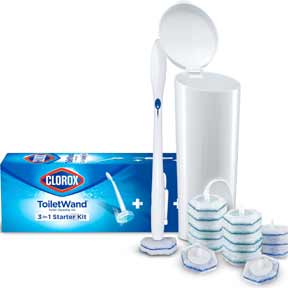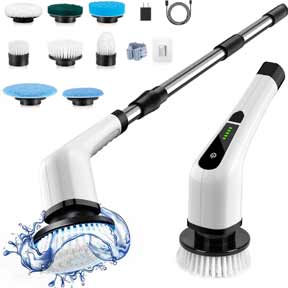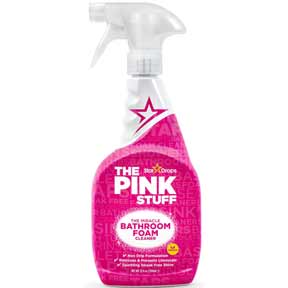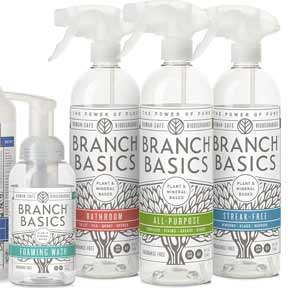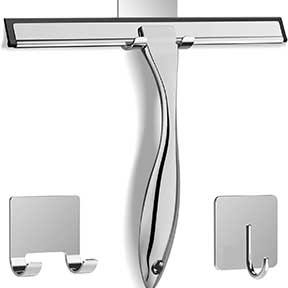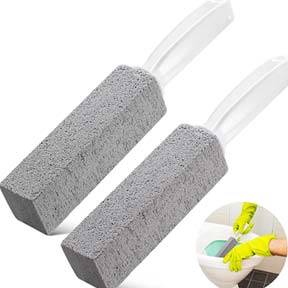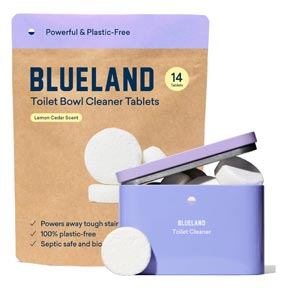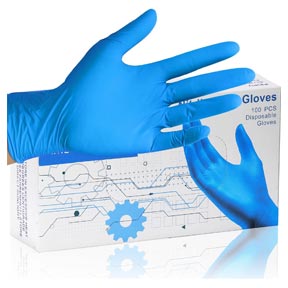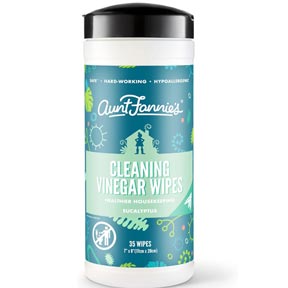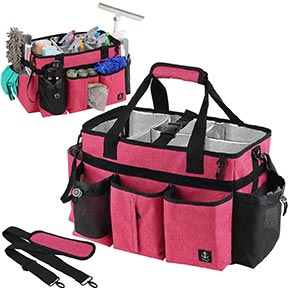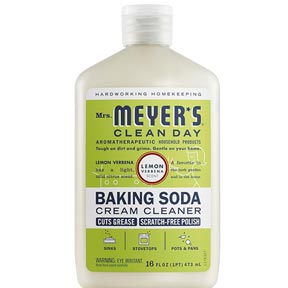Getting Rid of Bathroom Mold and Mildew

Cleaning Bathroom Mold and Mildew and Ideas for Preventing it.
How to Get Rid of Mold and Mildew in the Bathroom
If you’re having trouble getting rid of bathroom mold and mildew, you’re not alone. Mold and mildew thrives in dark, damp places with high humidity and low ventilation, so it’s the bane of every bathroom cleaner.
Mold and mildew will grow in the shower, on the tub, tiles, walls and floor. It grows quickly in areas with standing water, but given enough time and the right conditions, mold and mildew will even grow on shower curtains and painted walls too.
Soap scum, skin and body oils (yuck!), and any other decaying material- even rotting wood or certain chemicals will fuel its growth in the right environment.
Learn how to remove and prevent bathroom mold and mildew with these cleaning tips.
Regular Cleaning
Fortunately cleaning bathroom mold and mildew can be easy to clean.
Vinegar and Water
Vinegar has antibacterial and antifungal properties and is an effective way to treat mildew.
Mold and mildew will not grow in an acidic environment. Plain white vinegar is a mild acid, it kills mold and mildew and makes the environment less hospitable for further growth.
Because vinegar is a natural deodorizer, once it dries the bathroom will not just look better, it will smell better too.
Start by using a mixture of 50/50 white vinegar and water. Pour ½ cup of each into a spray bottle and shake. Spray on all of the surfaces in the shower, let stand for 5 to 10 minutes and then wipe it all down with a damp sponge.
Avoid the use of vinegar on natural stone surfaces as it is slightly acidic and could damage the surface.
Tip: For hard-to-reach corners, try using a Q-tip, cotton ball, or an old toothbrush soaked in the vinegar mixture. Let it sit for several minutes before scrubbing. These are especially useful for crevices, shower door tracks, and corners.
Heavy Duty Cleaning
Vinegar Only
If you are cleaning a heavy build up, use 100 percent undiluted plain white vinegar. Pour it in a spray bottle, spray the shower and let it stand for 5 to 10 minutes. Use a pot scrubber with plastic bristles, grout brush or an old toothbrush to clean it up before rinsing and wiping it down.
Chlorine Bleach
Dilute 1/4 to 1/2 cups of household bleach per each gallon of water used. Spray on the tiles and scrub with a plastic bristle brush. When you are finished scrubbing, rinse completely to remove all traces because any remaining bleach will make surfaces slippery.
If you’re working in a very small bathroom without much air circulation, turn on the fan, open a window and you may want to wear a mask and gloves to keep any splashes of bleach from getting in your eyes and on your skin.
Never mix bleach with any other cleaner especially ammonia, as this will create potentially deadly fumes.
How to Wash a Shower Curtain Liner
Over time the shower curtain liner will get dirty with soap scum, bacteria and mold and mildew. But instead of throwing it away, you can wash it in the washing machine.
When washing the liner, add in some towels that need washing as well. Along with your regular detergent add in one cup white vinegar but don’t use a fabric softener. Wash on a normal or delicate cycle on either hot or warm water.
Do not put the shower curtain liner in the dryer, hang it back on the shower curtain rod to dry.
Shower curtains can transfer mildew and soap scum back to your tile and grout. Regularly washing them helps prevent mold from creeping back into the rest of your bathroom.
Wiping Down Bathroom Walls
Bathroom walls with over time get condensation from steam. Every now and again wipe down bathroom painted walls with a vinegar and water mixture to avoid mold and mildew in the future. You can even use something like a Swiffer to help get this job done.
Preventing Mold and Mildew
There are things you can do to prevent bathroom mold and mildew regrowth. The way to do this is to change the environmental conditions in the bathroom: reduce dampness, increase air circulation and light.
1. Reduce Humidity: Use the fan when bathing or showering, and leave it after you are finished until all traces of dampness are removed from the air.
2. Increase Light: Keep the light on, open the window curtains to let the daylight in.
3. Increase Air Flow: Open the window if you can to let some fresh air in. This will increase air circulation which reduces odors as well. You can also leave the bathroom door cracked open after a shower to let humidity escape more quickly
4. Keep it Dry – Use a Squeegee: If you make it a habit to dry the tub or shower after using it the mold and mildew will not have a chance to grow. A small squeegee is really helpful in removing all traces of water after each shower.
5. Keep it Clean: An after shower wipe down also removes remaining debris on the shower or tub walls and floor so there will not be a food source for it to grow on.
6. Switch to Liquid Soap: Bar soap tends to leave behind more soap scum than liquid soap. Reducing soap scum means less for mold and mildew to feed on.
Some people say to apply Rain-X water repellent to shower walls and glass doors (never the floor) to help water slide off and reduce buildup. The water will bead as expected but over time (quite a few years) it will cause discoloration, spotting and staining. Using the squeegee after each shower is really the best option.
Related Articles
Getting Rid of Germs in the Bathroom
Bathroom Cleaning
